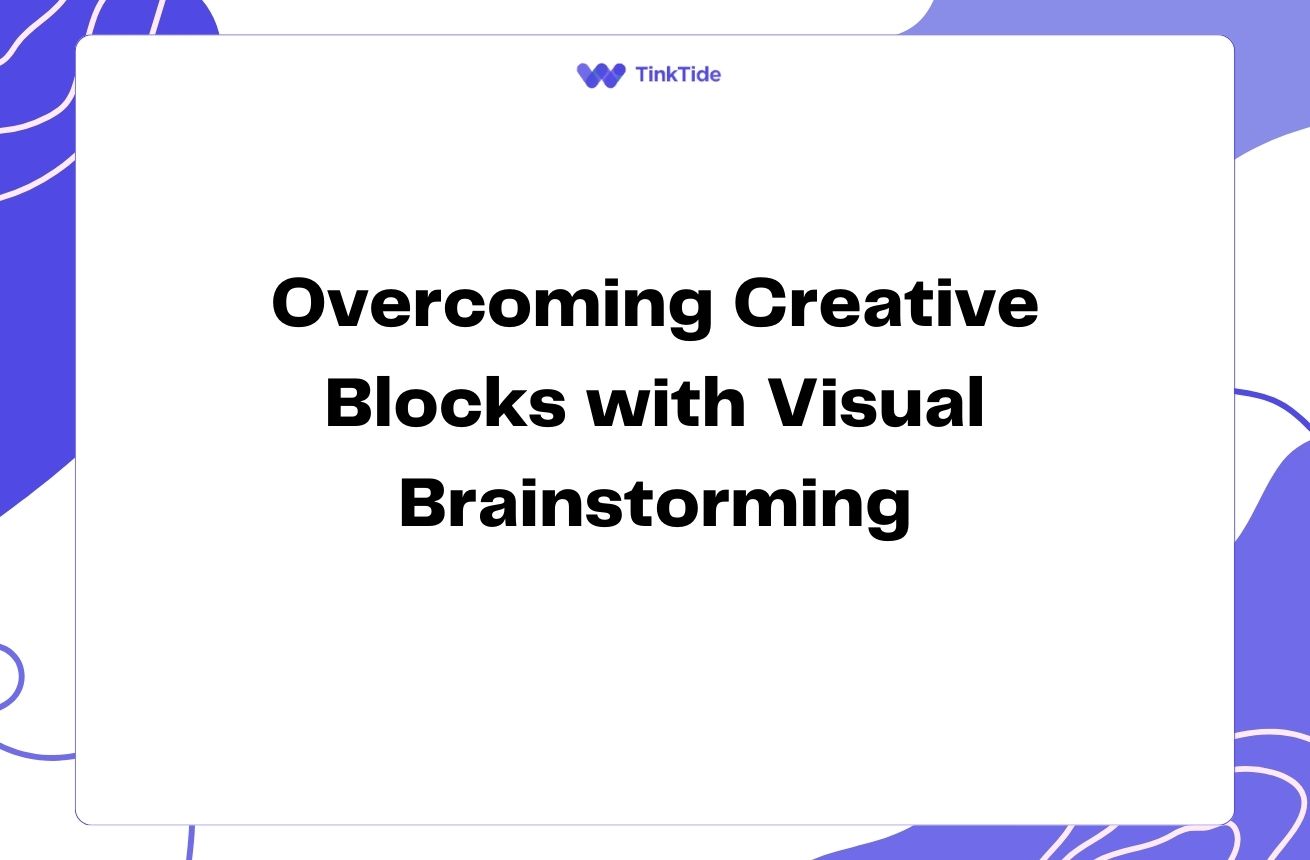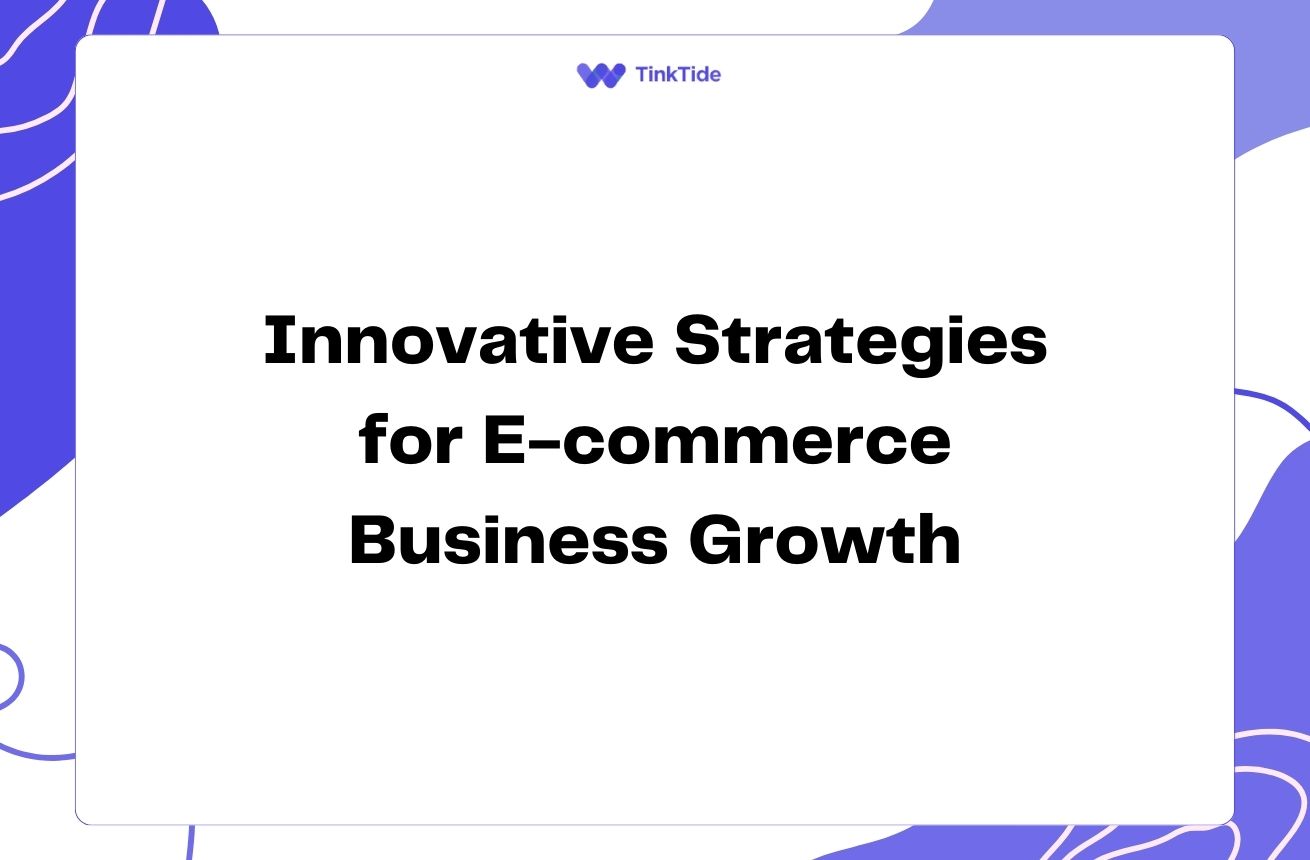Integrating User Personas in Agile Development: Best Practices
Understanding User Personas in Agile
User personas are fictional representations of your target users, based on real data and research. In agile development, these personas serve as a crucial tool for keeping the team focused on user needs throughout the iterative process.
Incorporating user personas into your agile workflow helps ensure that your product development remains user-centered, even as you work in short sprints and adapt to changing requirements. This approach can lead to better user experiences, increased customer satisfaction, and ultimately, more successful products.
To effectively integrate user personas into your agile process, it's important to understand how they can be used at various stages of development, from sprint planning to user story creation and testing.
Creating Effective User Personas
Before diving into the agile integration, it's crucial to create well-researched and detailed user personas. Here are some key steps to follow:
- Conduct thorough user research through surveys, interviews, and data analysis
- Identify patterns and commonalities among your target users
- Create 3-5 distinct personas that represent your core user groups
- Include demographic information, goals, pain points, and behaviors for each persona
- Use real quotes and specific details to make personas more relatable and memorable
Incorporating Personas in Sprint Planning
During sprint planning, user personas can help prioritize features and tasks that align with user needs. Consider assigning a 'persona owner' for each sprint, who advocates for specific user needs during planning sessions.
Use personas to evaluate proposed features and ask questions like, 'How would [Persona Name] benefit from this feature?' or 'Does this align with [Persona Name]'s goals?' This helps keep the team focused on delivering value to real users.
Additionally, consider creating a 'persona board' in your workspace, displaying key information about each persona. This visual reminder can help team members stay connected to user needs throughout the sprint.
Using Personas in User Story Creation
User stories are a fundamental component of agile development, and personas can greatly enhance their effectiveness. When creating user stories, frame them from the perspective of specific personas.
For example, instead of a generic user story like 'As a user, I want to search for products,' you could write 'As [Persona Name], I want to quickly find eco-friendly products that fit my budget.' This approach provides more context and helps developers understand the user's motivations and needs.
Consider using a template that includes persona details in your user story format: 'As [Persona Name], who is [key characteristic], I want [goal] so that [benefit].' This format ensures that every story is tied to a specific user need.
Leveraging Personas in Design and Development
During the design and development phases, refer back to your personas regularly. Use them to guide decision-making about user interface design, feature prioritization, and even technical architecture choices.
Encourage developers to 'think like the persona' when implementing features. This can lead to more intuitive designs and help catch potential usability issues early in the development process.
Consider creating 'persona scenarios' - detailed narratives of how each persona might interact with your product. These scenarios can be used to validate design decisions and ensure that the product meets the needs of different user types.
Integrating Personas in Testing and Iteration
User personas play a crucial role in the testing phase of agile development. Use them to create test scenarios that reflect real-world usage patterns and user goals.
When conducting user acceptance testing (UAT), recruit testers who closely match your persona profiles. This helps ensure that your product is tested by individuals who represent your actual target users.
During sprint reviews and retrospectives, evaluate the completed work against the needs and goals of your personas. Ask questions like, 'How well did we meet [Persona Name]'s needs this sprint?' This approach can help identify areas for improvement and guide future iterations.
Keeping Personas Updated in Agile Environments
In fast-paced agile environments, it's important to keep your personas up-to-date. Schedule regular reviews of your personas, ideally every 3-6 months, to ensure they still accurately represent your target users.
Incorporate new user research and feedback into your personas as you gather it. This might involve adjusting persona details, adding new personas, or retiring outdated ones.
Consider using a collaborative tool like UXPressia or Smaply to manage and update your personas. These tools can help keep your entire team aligned and informed about changes to user profiles.
Address common questions
Here are some frequently asked questions about incorporating user personas into agile development:
How many personas should we create for our agile project?
Typically, 3-5 personas are sufficient for most projects. Having too many can be overwhelming and dilute focus. Choose the most important user groups that represent the majority of your target audience.
How can we ensure the whole team uses personas consistently?
Integrate personas into your daily workflows by referencing them in sprint planning, user stories, and design discussions. Create visual reminders like persona posters or digital dashboards, and consider assigning 'persona champions' within the team.
What if our personas conflict with stakeholder requests?
Use data and research backing your personas to explain user needs to stakeholders. Demonstrate how meeting persona goals aligns with business objectives. If necessary, conduct additional user research to validate or refine personas.
How do we balance multiple personas in a single sprint?
Prioritize personas based on your product strategy and current focus. You may emphasize different personas in different sprints, but always consider the impact on all key personas when making decisions.
Can personas slow down our agile process?
Initially, incorporating personas may require some additional time. However, in the long run, they often speed up decision-making and reduce rework by keeping the team aligned on user needs. The key is to integrate them smoothly into existing processes.
Provide additional resources
Agile Personas: Keeping The User at The Center of The Process
An in-depth article from Nielsen Norman Group on using personas in agile environments.
User Persona Template for Agile Teams
A practical template and guide from Atlassian for creating user personas.
Lean Persona Creation in Agile Development
A guide to creating and using lean personas in agile projects.
Agile and User-Centered Design
An overview of integrating user-centered design principles into agile methodologies.
User Story Mapping: Discover the Whole Story, Build the Right Product
A book by Jeff Patton on user story mapping, which complements persona use in agile development.
Summarize key takeaways
Incorporating user personas into your agile development process is a powerful way to maintain a user-centered approach while working in fast-paced, iterative cycles. By integrating personas into sprint planning, user story creation, design, development, and testing, you can ensure that your product truly meets the needs of your target users.
Remember to keep your personas up-to-date and use them consistently across all stages of development. This approach will lead to better decision-making, more intuitive designs, and ultimately, more successful products that resonate with your users.
Start incorporating user personas into your agile workflow today, and see how it transforms your development process and product outcomes. Your users - and your team - will thank you for it.
Streamline Your Agile Process with Tinktide
Ready to take your agile development to the next level? Try Tinktide for free and see how our tools can help you integrate user personas seamlessly.
Start Your Free Trial

